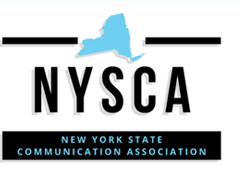Abstract
No matter how one approaches and teaches organizational communication, it is likely that we all borrow the idea that communication both produces, and is produced by, organizations: an idea that was popularized as a result of Charles Redding’s foundational publication. This idea, however, is not easy to grasp, even for the advanced undergraduate student. In fact, when we think outside of the box, even for a moment, it is difficult for students to understand that when we refer to “organizations” we are reifying the very notion of “organization” and, in so doing, are dialoguing about the communication between and among different constituents. In essence, we are studying people and interactive processes that socially construct organizations. As instructors, we are always faced with the fundamental challenge of speaking about both the organizational variables in which social processes are embedded and the effect(s) of such variables. For instance, if one teaches about organizational leadership, he/she is at once responsible for dialogues dealing with the use of communication in creating leaders, but also the communicative implications of these socially constructed leaders. This, in short, is taking into consideration both process and outcome perspectives. The problem, however, is not so much about “what” we do, but rather “how” we do it. The purpose of this exercise is to help students truly understand the role of communication in the social construction of organizations: how communication is both an antecedent to, as well as a consequence of, organizing.
Recommended Citation
Liberman, Corey Jay
(2012)
"The social construction of organizations: Understanding the process of organizational development from a communicative perspective,"
Proceedings of the New York State Communication Association: Vol. 2010, Article 16.
Available at:
https://docs.rwu.edu/nyscaproceedings/vol2010/iss1/16

